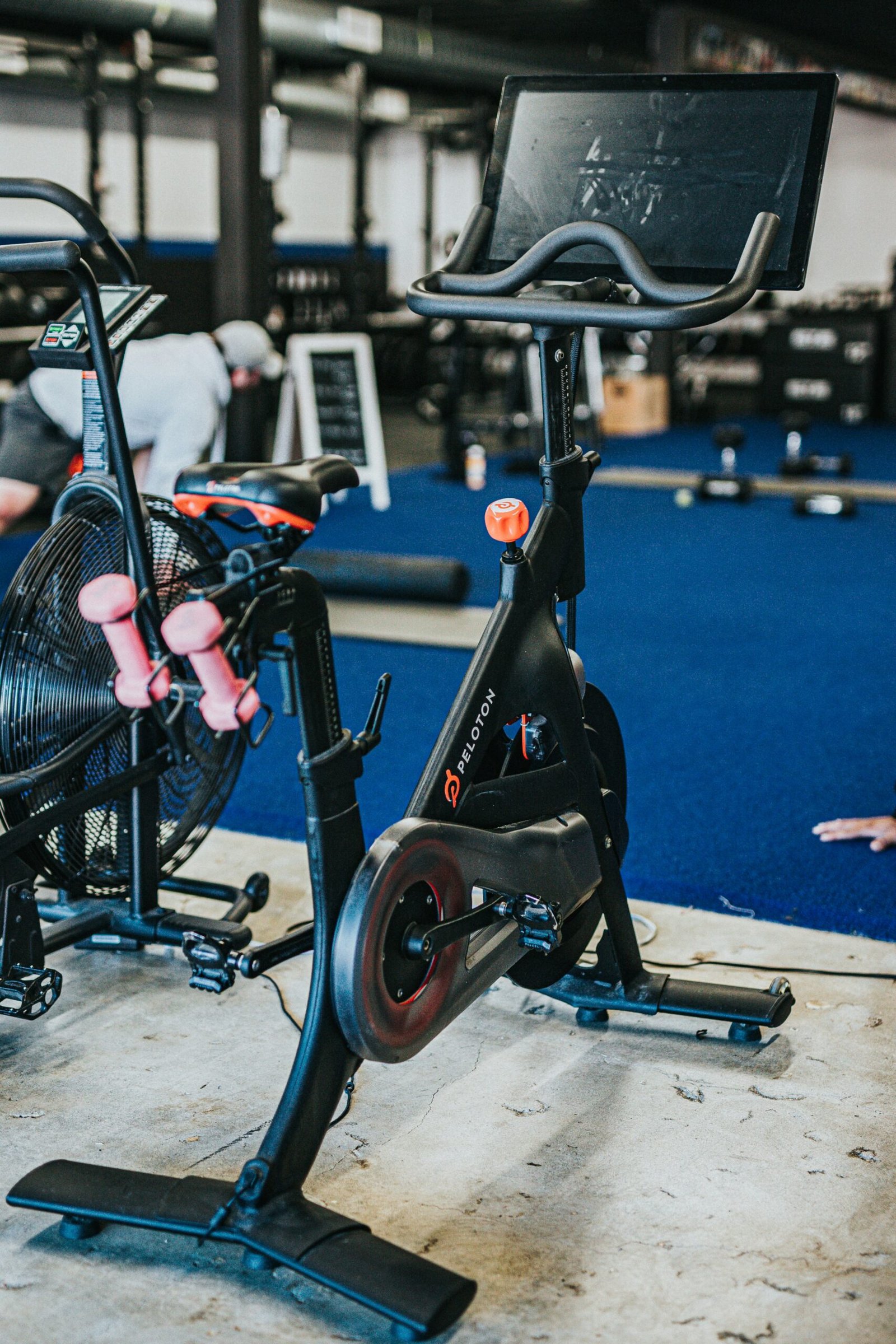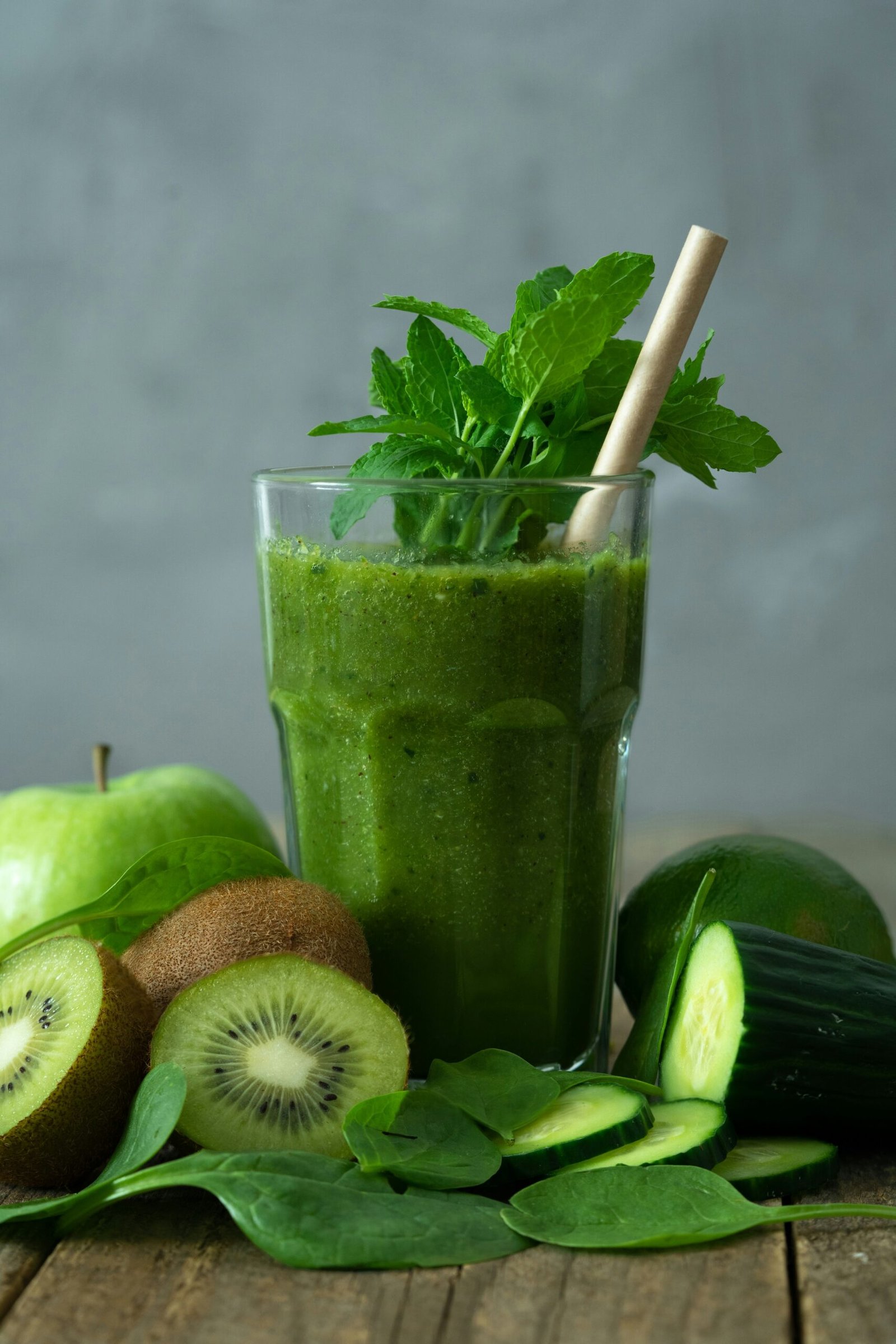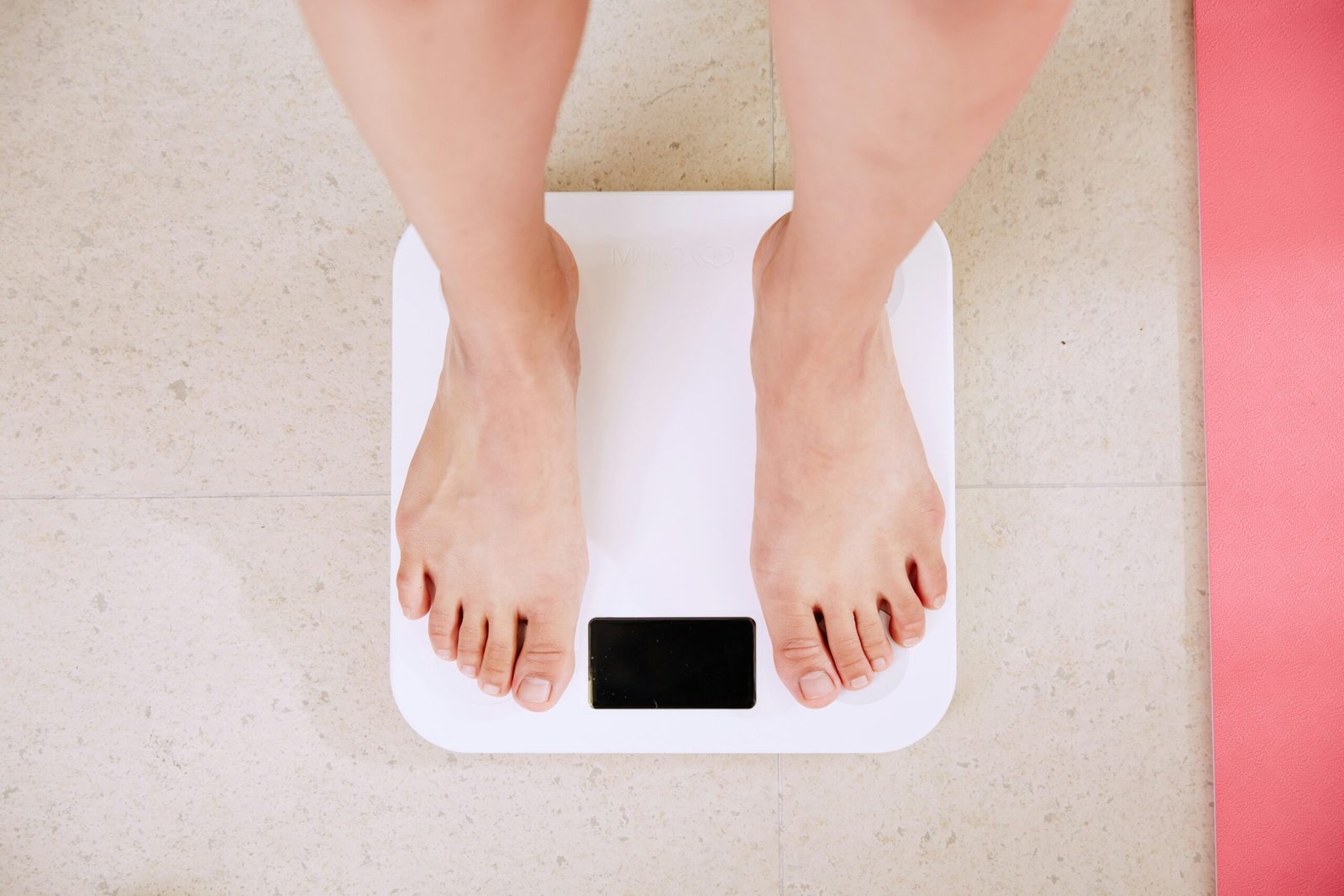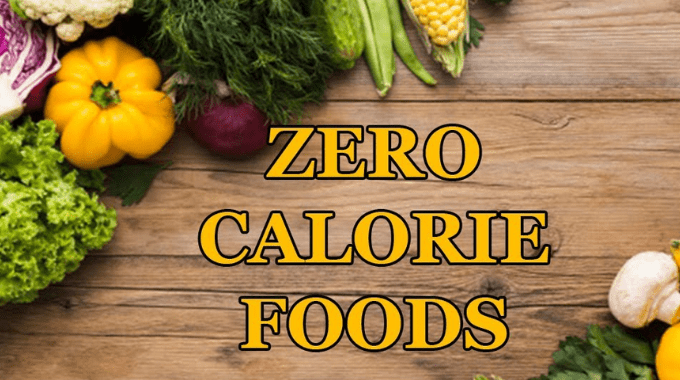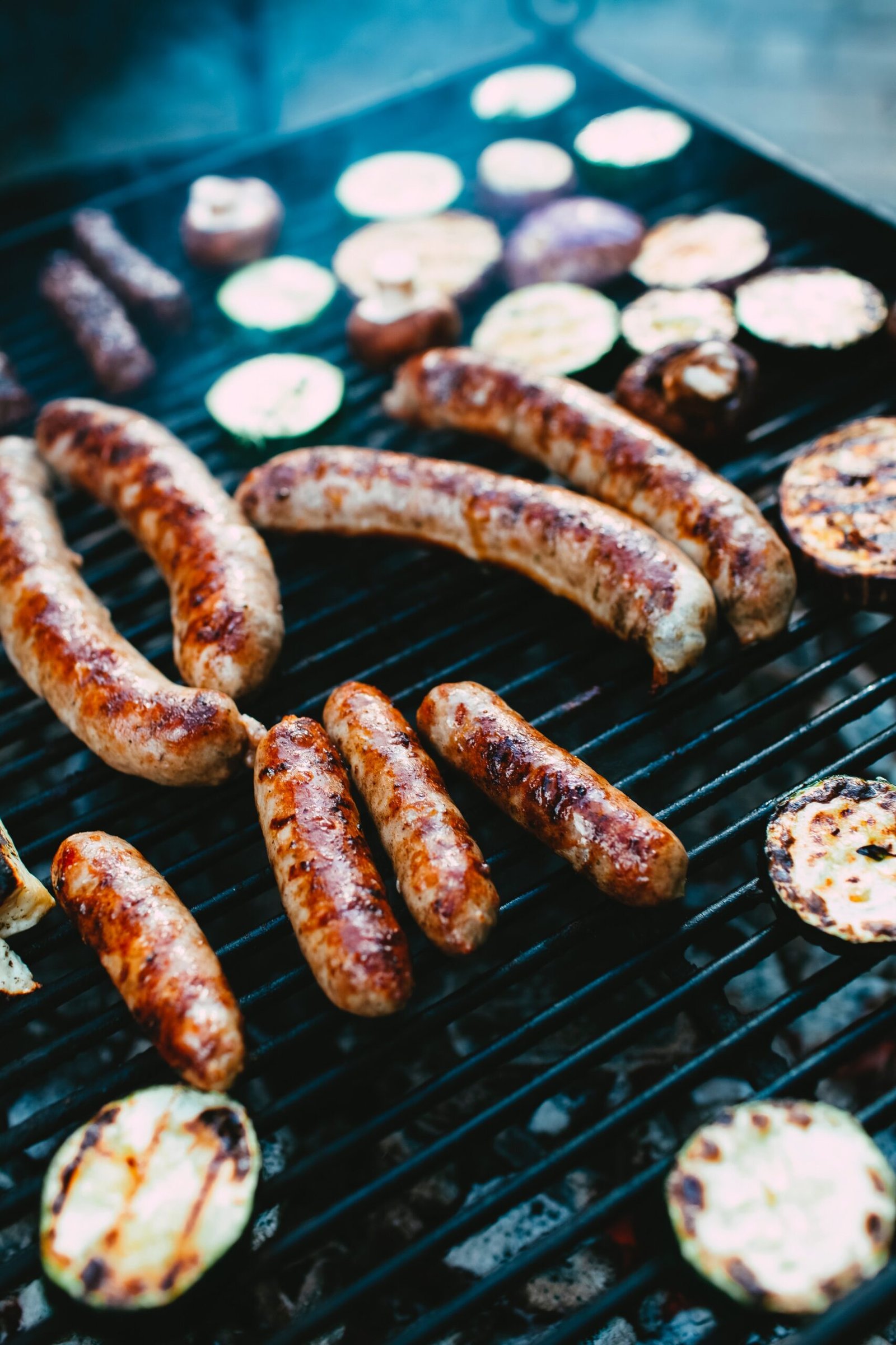
From cheese to toppings, explore the calories in a slice of pizza. Get informed about your favorite treat.
When it comes to beloved comfort foods, pizza undoubtedly secures a top spot in the hearts of many. Its cheesy allure, varied toppings, and satisfying crust make it a go-to choice for gatherings, movie nights, and quick bites. But have you ever paused to ponder the nutritional cost hidden within that delectable slice? In this article, we’re delving into the depths of the calorie content in a slice of pizza, separating myth from reality and providing you with accurate insights.
1. The Essence of Calories: An Introduction
Before we delve into the specifics, let’s grasp the essence of calories. Calories are units of energy that our bodies acquire from the foods we consume. They fuel our daily activities, ranging from breathing to jogging, and, of course, indulging in that slice of pizza.
2. The Caloric Chronicles of Pizza Slices
2.1 A Basic Slice of Cheese Pizza
The foundation of understanding pizza calories is recognizing that the numbers vary based on factors like size, toppings, and crust. A standard cheese pizza slice typically ranges from 200 to 300 calories. This difference can be attributed to variations in crust thickness and cheese quantity.
2.2 All About Toppings
The journey into the realm of pizza calories becomes more intricate with various toppings. Adding meats, veggies, or extra cheese can significantly alter the caloric content. A slice with pepperoni, for instance, can add around 50 to 100 calories, depending on the number of slices.
Useful Information
Understanding the calories in a slice of pizza isn't just about numbers; it's about making informed choices. If you're aiming to manage your calorie intake, opting for a veggie-loaded thin-crust slice can be a smart move. On the other hand, if you're treating yourself to a hearty meal, a deep-dish slice with your favorite toppings can be thoroughly satisfying, as long as you're aware of the caloric implications.
3. Peeking Behind the Scenes: Factors Influencing Calories
3.1 Crust Matters
Thin crust versus deep-dish is more than a mere preference; it affects calorie count. Thin crusts tend to be lower in calories due to their reduced dough volume, while the thick and fluffy deep-dish options pack in more energy.
3.2 Cheese Galore
Cheese, although rich in flavor, contributes a substantial number of calories. While opting for extra cheese might seem like a delightful choice, it’s essential to remember the caloric consequence.
4. Decoding Labels: Are They Accurate?

4.1 Restaurant vs. Frozen Pizza
Whether you’re savoring a restaurant’s handmade creation or indulging in a frozen option, understanding the calorie labels is crucial. While restaurants may provide slightly larger slices, frozen pizzas can have equally accurate labels if portions are adhered to.
Interesting Fact
Did you know that the caloric content of a slice of pizza can vary as much as the toppings themselves? A slice of thin-crust cheese pizza might contain around 200 calories, while a slice of deep-dish pepperoni pizza can go up to 330 calories or more. This fascinating contrast showcases the impact that crust thickness and toppings have on the final caloric count.
5. Indulgence with Awareness: Making Informed Choices
5.1 Embrace Balance
Indulgence can coexist with awareness. Opting for vegetable toppings over fatty meats or considering a thin crust can help you enjoy your pizza while maintaining caloric control.
5.2 The Art of Portion Control
Pizza calories don’t solely depend on the pizza itself; portion control plays a pivotal role. Savoring one slice instead of devouring three can make a substantial difference in your caloric intake.
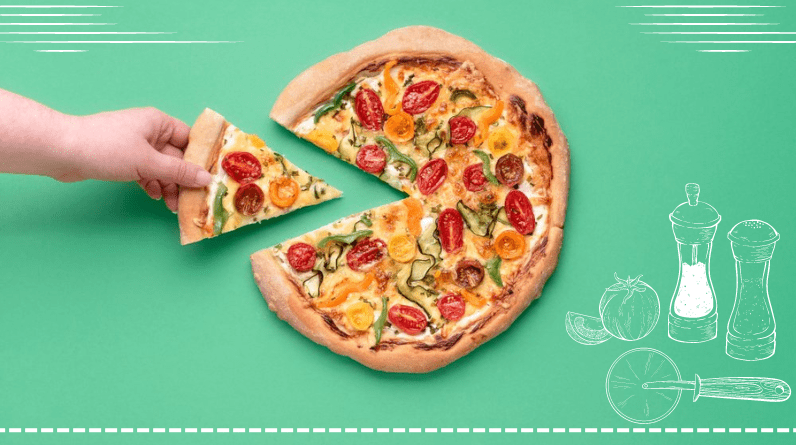
6. How many grams are in one slice of pizza?
The weight of one slice of pizza typically ranges from 80 to 100 grams, with the most common weight being around 85 grams. However, this can vary based on factors like the type of crust, toppings, and the pizzeria’s specific serving size. Keep in mind that these are approximate values, and actual weights may differ.
7. Calories in a Slice of Pizza: A Comprehensive Guide.
| Type of Pizza | Grams | Calories |
| Cheese (Thin Crust) | 85g | 210-250 |
| Cheese (Deep-Dish) | 85g | 250-300 |
| Pepperoni (Thin Crust) | 85g | 240-290 |
| Pepperoni (Deep-Dish) | 85g | 280-330 |
| Veggie (Thin Crust) | 85g | 200-240 |
| Veggie (Deep-Dish) | 85g | 230-280 |
| Margherita (Thin Crust) | 85g | 190-230 |
| Margherita (Deep-Dish | 85g | 220-270 |
| Hawaiian (Thin Crust) | 85g | 220-260 |
| Hawaiian (Deep-Dish) | 85g | 260-310 |
| BBQ Chicken (Thin Crust) | 85g | 230-280 |
| BBQ Chicken (Deep-Dish) | 85g | 270-320 |
| Supreme (Thin Crust) | 85g | 250-300 |
| Supreme (Deep-Dish) | 85g | 290-340 |
| Meat Lovers (Thin Crust) | 85g | 280-330 |
Please remember that the calorie ranges mentioned are approximate and can vary based on factors like crust thickness, topping quantity, and specific ingredients used. Always refer to nutritional information provided by the pizza provider for precise values.
Nutritional Balance
While counting calories is important, it's equally crucial to consider the nutritional value of your food. A slice of pizza can offer more than just energy; it can provide protein from cheese and meats, vitamins from vegetables, and even healthy fats from olive oil. This balance is essential for a well-rounded diet that meets your body's various needs.
8. Calories in a Slice of Pizza: A Conclusion of Nutritional Awareness
As we wrap up our journey into the realm of pizza calories, it’s evident that a slice of this beloved dish holds more than just a burst of flavors. Armed with newfound knowledge about the caloric content, you can approach your next pizza indulgence with a balanced perspective. Remember, it’s not about relinquishing your favorite treat, but rather embracing it with mindfulness and understanding.
Understanding the nuances of calories in a slice of pizza empowers you to make informed choices that align with your dietary goals. The variations in crust thickness, toppings, and serving sizes can greatly impact the calorie count. Whether you opt for a thin-crust Margherita or a deep-dish Meat Lovers, the caloric differences are substantial and worth considering.
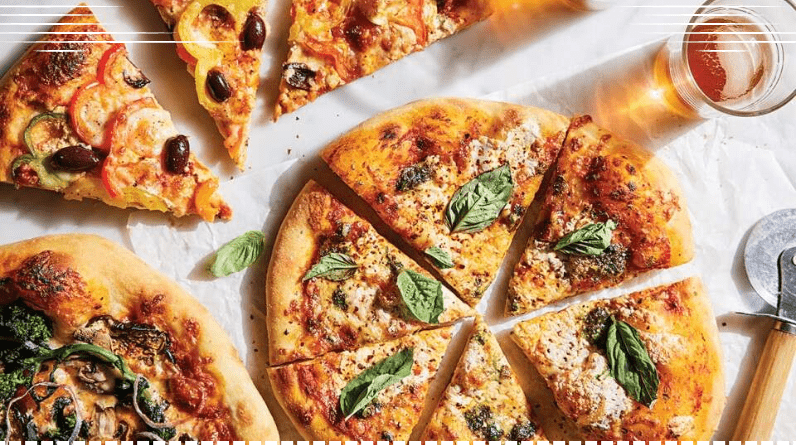
Equipped with this knowledge, you can now navigate pizza menus with confidence. Should you choose to savor a classic cheese slice, the numbers provided offer you a rough estimate of what you’re consuming. If you’re feeling adventurous and desire additional toppings, you can make more conscious decisions, balancing indulgence with nutritional awareness.
However, it’s essential to maintain a holistic perspective on your diet. While counting calories is crucial, focusing solely on this aspect might undermine the pleasure of enjoying your favorite foods. The occasional treat can coexist with a health-conscious lifestyle, as long as you approach it with awareness and moderation.
Ultimately, the journey of understanding calories in a slice of pizza is a microcosm of a broader dietary exploration. It reminds us that food is not merely sustenance; it’s an experience, a cultural symbol, and a source of joy. So, go ahead and relish that slice of pizza, armed with the wisdom to savor each bite while acknowledging its nutritional implications.
In conclusion, the phrase “calories in a slice of pizza” encompasses a world of insight. It’s a reminder that every food choice is an opportunity for informed decision-making, a chance to appreciate the balance between pleasure and well-being. By staying conscious of the caloric content while embracing the enjoyment pizza brings, you can embark on a flavorful journey that harmonizes nourishment and indulgence.
Mindful Indulgence
The notion of "cheat meals" often revolves around pizza, and understanding the calories in a slice of pizza can help you enjoy these indulgences with mindfulness. Knowing the approximate caloric range of your favorite pizza allows you to plan your meals accordingly, ensuring that you're still within your desired caloric intake for the day.
9. FAQs (calories in a slice pizza)
Are all pizza crusts equal in calories? Different crusts have different calorie counts. Thin crusts generally have fewer calories than thick or stuffed crusts.
How can I reduce pizza calories while keeping the flavor? Opt for lean protein and vegetable toppings and consider a thin crust. Moderation is key.
Are pizza chains’ nutritional charts accurate? Pizza chains often provide accurate nutritional information, but portion sizes might vary.
Can I burn off pizza calories through exercise? Exercise can help offset calorie intake, but it’s essential to strike a balance between indulgence and activity.
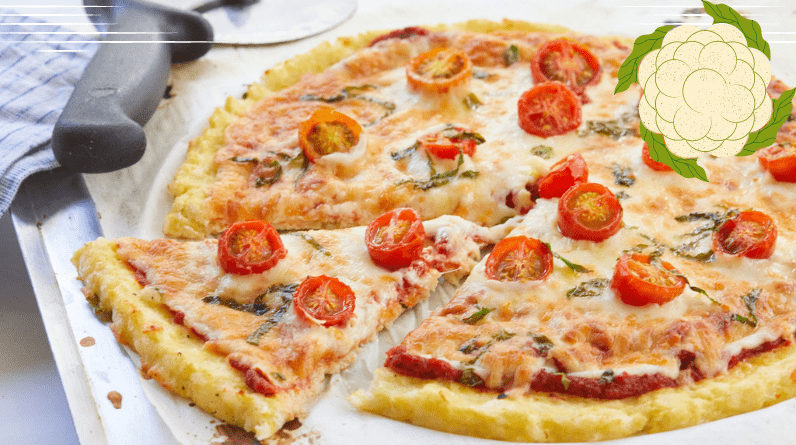
What’s a healthier alternative to traditional pizza? Cauliflower crust pizza is a popular low-carb alternative that reduces calorie and carb content.
Are there any ways to reduce calories in a slice of pizza without sacrificing flavor? A1: Absolutely! You can opt for thin crust options, load up on vegetable toppings, and go easy on the cheese. These choices not only enhance the nutritional value but also maintain the delicious essence of pizza.
How does the cooking method affect pizza calories? A2: Cooking methods can play a role in calorie content. Baking is typically the healthiest option, as frying or deep-frying can add extra calories. Wood-fired ovens can also contribute to a smokier flavor without excessive caloric impact.
Is the caloric information the same for frozen and fresh pizza slices? A3: Not necessarily. While frozen pizza slices might have similar nutritional information when portion sizes are matched, fresh pizza slices in restaurants can vary due to differences in size and ingredient quantities.
Can gluten-free or cauliflower crusts lower the calorie count? A4: Yes, gluten-free or cauliflower crusts often have fewer calories compared to traditional wheat-based crusts. They can be a great option for those looking to reduce their carbohydrate and calorie intake.
What’s the best way to track pizza calories if I’m on a specific diet plan? A5: If you’re closely monitoring your calorie intake, it’s wise to use nutritional apps or websites to calculate the calories based on the specific type of pizza and its toppings. These tools can provide you with a more accurate estimation for your dietary planning.
As we conclude our exploration into the world of pizza calories, remember that knowledge empowers you to make mindful choices. While savoring a slice of pizza is undoubtedly a pleasure, understanding its caloric implications adds a new layer to your enjoyment. So, go ahead and indulge, armed with the wisdom to strike a harmonious balance between indulgence and nutritional awareness.
Savoring the Experience
While it's essential to be conscious of calories, don't forget to savor the experience of eating pizza. The joy of sharing a pizza with friends, the aroma of the melted cheese, and the satisfaction of that first bite are all part of the culinary adventure. The awareness of caloric content doesn't need to overshadow these moments; instead, it can enhance your appreciation for the food you love.



